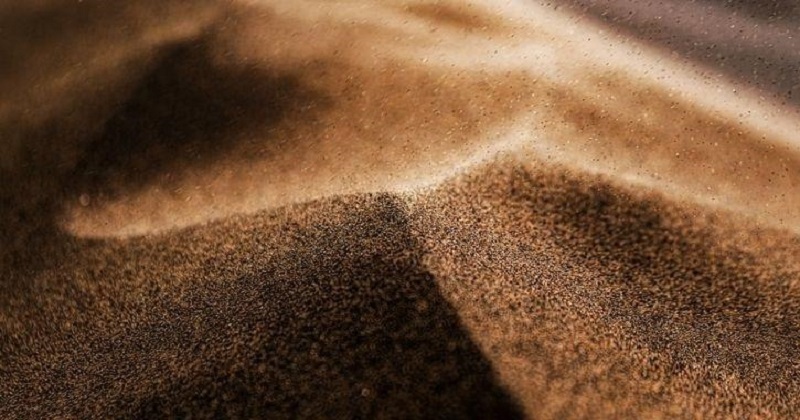
Sand grains can tell us about the history of the planet, according to a new study undertaken by experts from Curtin University in Australia.
Scientists have devised a new technique for determining the ‘age distribution fingerprint’ of the mineral zircon in sand. This information may be utilised to learn more about the evolution of the Earth’s surface.
Zircon may also be formed when continents collide with each other. Furthermore, in certain circumstances, they can be billions of years old and contain a great deal of history. Zircon is also extremely hard and resistant to erosion.
As the Earth crust moves, it causes new rocks to congeal and in that process, a timestamp of the rock’s age gets registered. It is possible to find remnants of this history even after it is crumbled into small grains.
The new approach allows scientists to work out what mountain-generating processes were taking place in the aeons leading up to the deposition of the bank of sediment by studying the age distribution of zircon in sand samples — from the newest to the oldest.
Also Read: Kiara Advani dances with sister Ishita at her pre-wedding festivities, shares video
According to the researchers, the procedure also gives insight into how Earth originally established a livable biosphere, reaching back in time deeper than existing geological analytic methods. Another advantage of this methodology over previous methods is that it may be used to explain tectonic motions even when the age of the sediment deposit is unknown, which is a fairly regular occurrence.
Researchers used three case studies to evaluate this novel technique, looking at the sediment in South America, East Antarctica, and Western Australia.
Geochronologist Chris Kirkland from Curtin University explains, ‘For example, the sediment on the west and east coasts of South America are completely different because there are many young grains on the west side that were created from crust plunging beneath the continent, driving earthquakes and volcanoes in the Andes. Whereas, on the east coast, all is relatively calm geologically and there is a mix of old and young grains picked up from a diversity of rocks across the Amazon basin’.
The new findings corroborated prior studies on the aforementioned locations. Based on the age distribution of the sediment around them, even individual grains of sand can disclose the tectonic processes that resulted in their genesis.
He added, ‘This new approach allows a greater understanding of the nature of ancient geology in order to reconstruct the arrangement and movement of tectonic plates on Earth through time’.

Post Your Comments